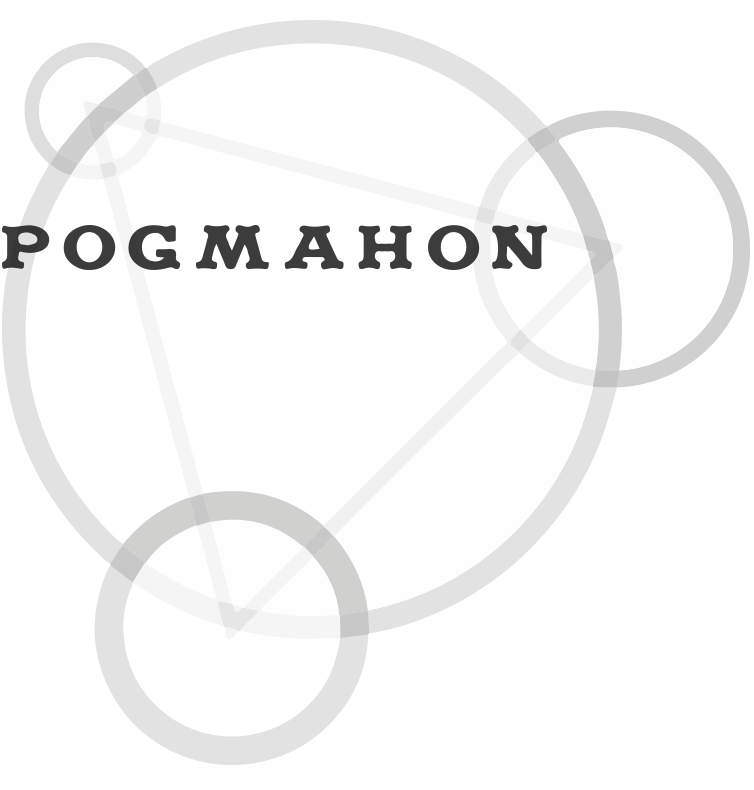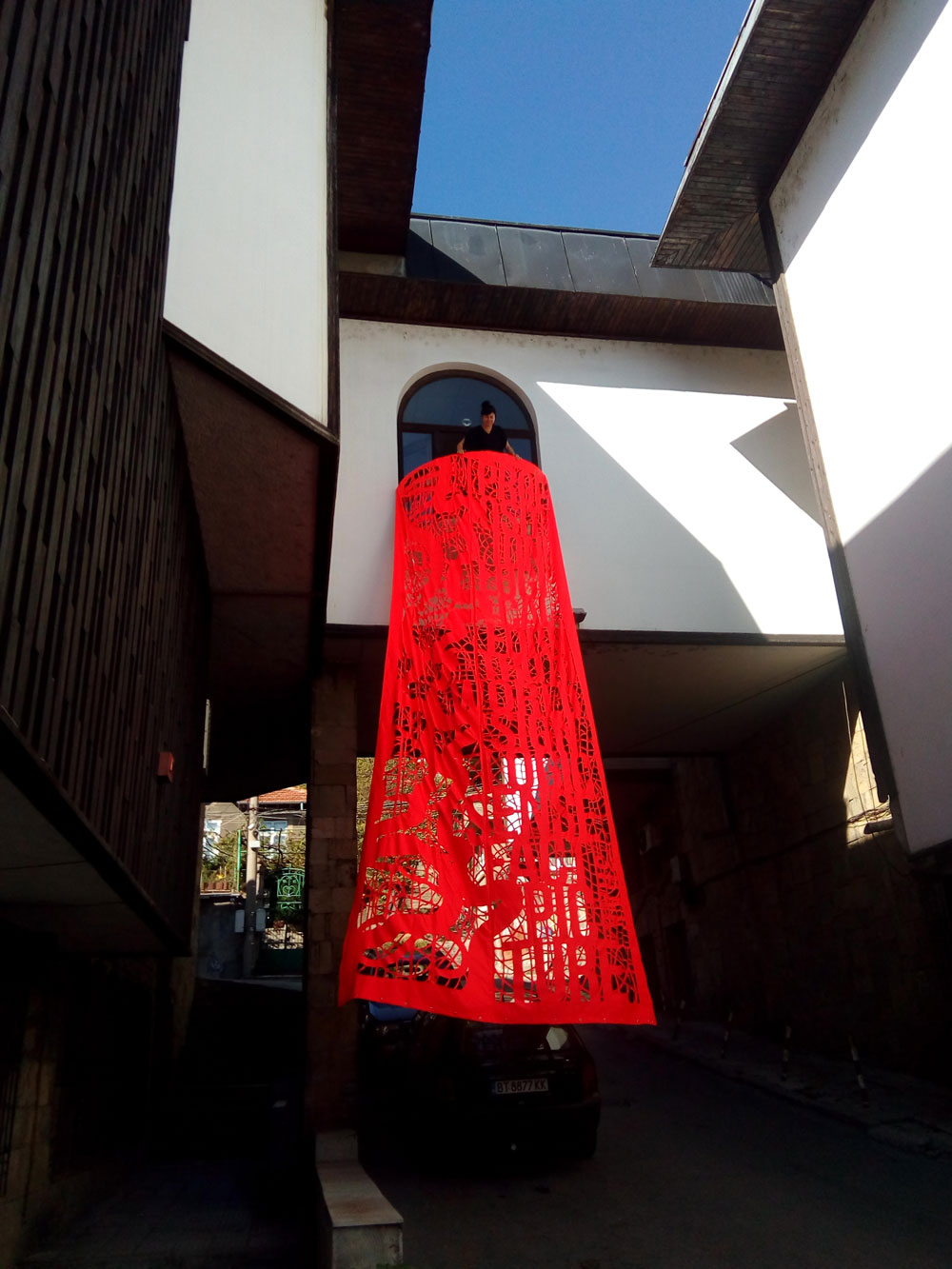WITTGENSTEIN 2019
2019 Second stop VELIKO TARNOVO /Bulgaria
Veliko Tarnovo
Vernissage 17.10.2019 5 pm
Till 11.11.2019
Veliko Tarnovo
Rafael Mihailov Exhibition Halls
1 Rafael Mihailov Str
Opening Speech Prof. habil. Penka Angelova Wittgenstein’s triangle: language, thought, world
In cooperation with ACF Sofia
Mandarina Brausewetter (Photography), Zarko Aleksic (Installation), Àgnes Hamvas & Hubert Hasler (Installation), Michael Koch (Video), Lily Koto Olive (Drawings), Adelina Popnedeleva ( Light Sculputure), Yukika Kudo (Video), Oscar Cueto (Videoinstallation), Svetlana Mircheva (Transparent or Installation), Eva-Maria Schartmüller (Video Installation), Ilian Savkov (DigitalDrawings), Maria Grün (Photography), NOIMA (Performance or Video), Borjana Ventzislavova (Video), Franz Wassermann (Frottage), Valentina Lapcheva (Painting)
2019-Wittgenstein-VT-Cataloug-WEB
- Будапеща
- Белград
- Тимишоара
PICTURES of the EXHIBITION
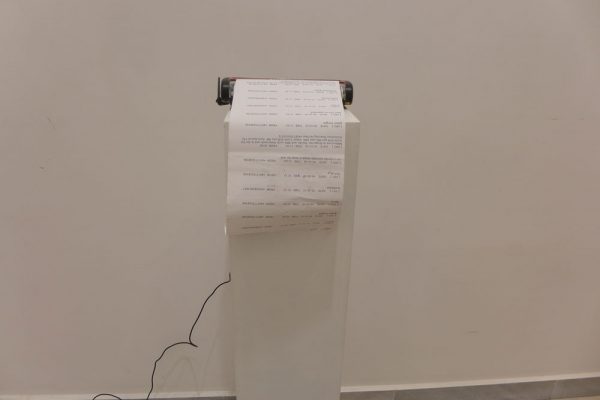
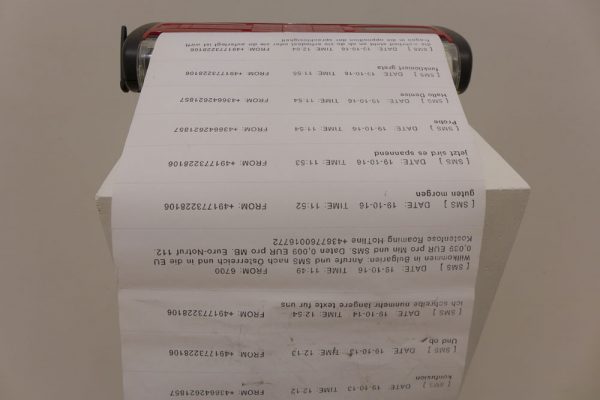
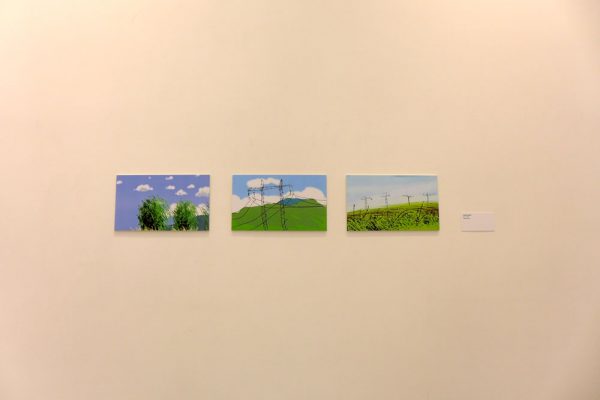
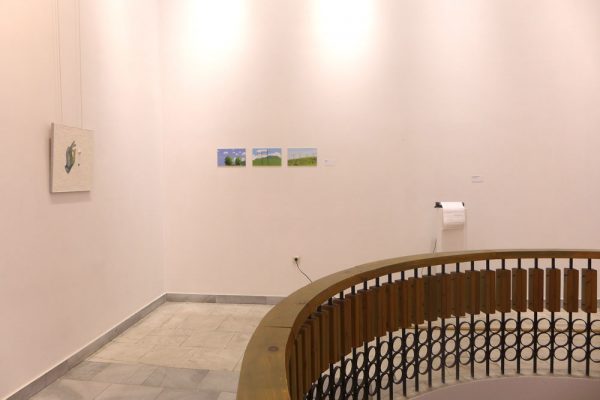
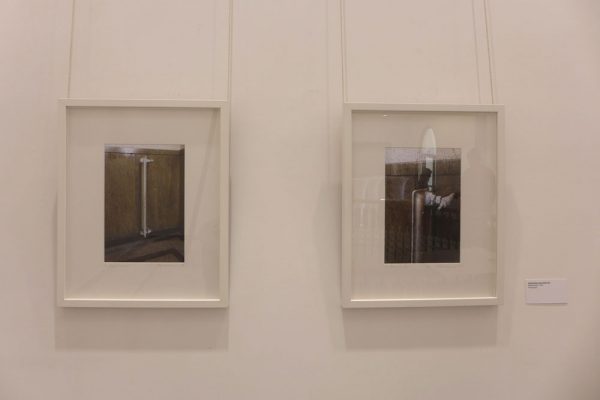
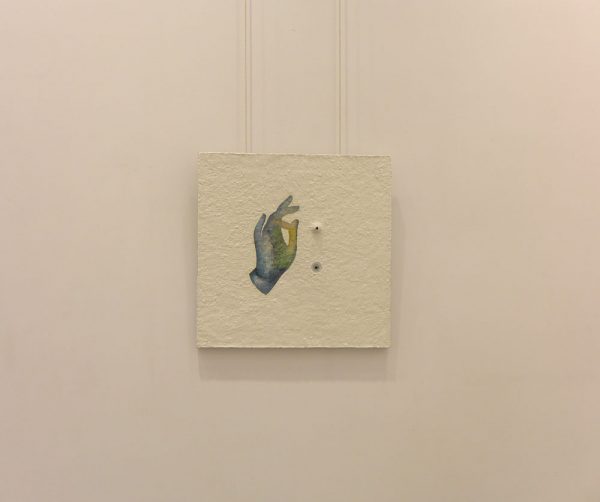
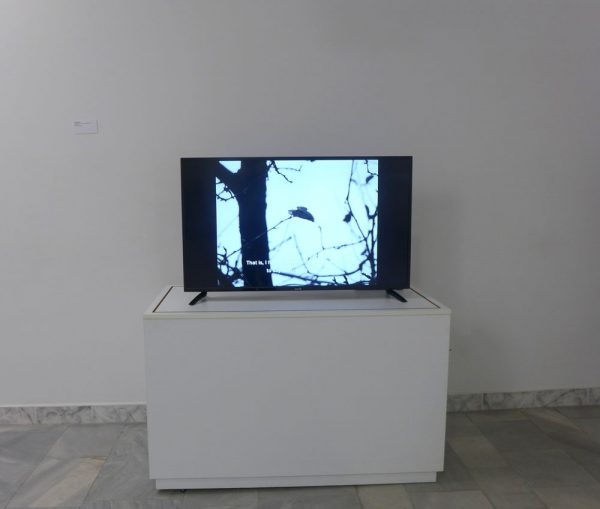
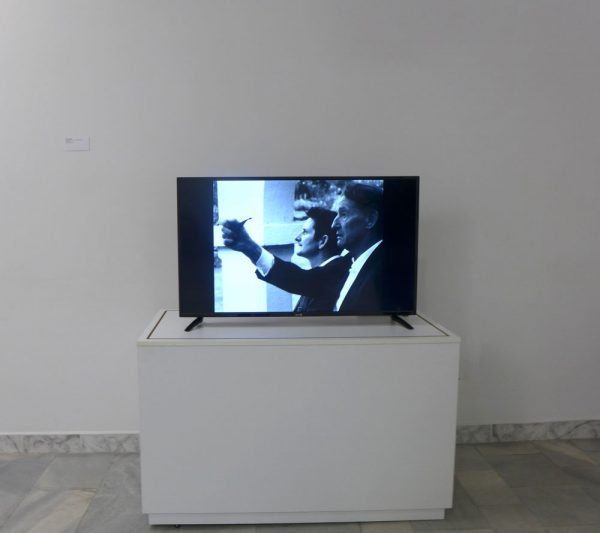
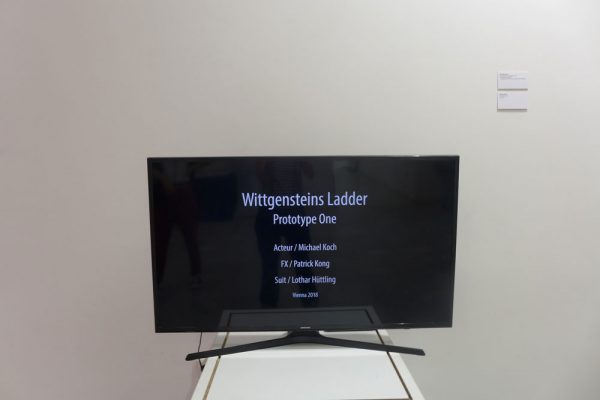
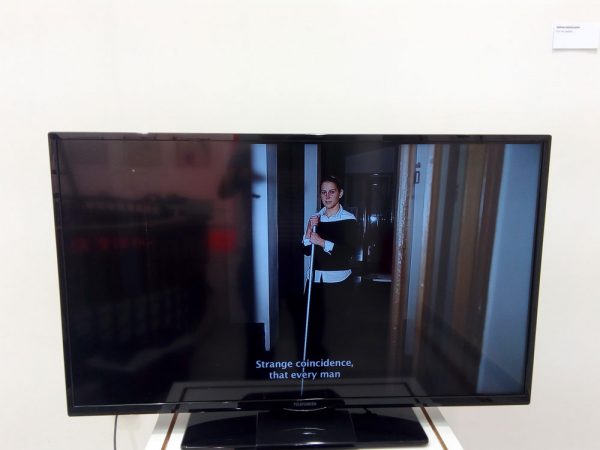
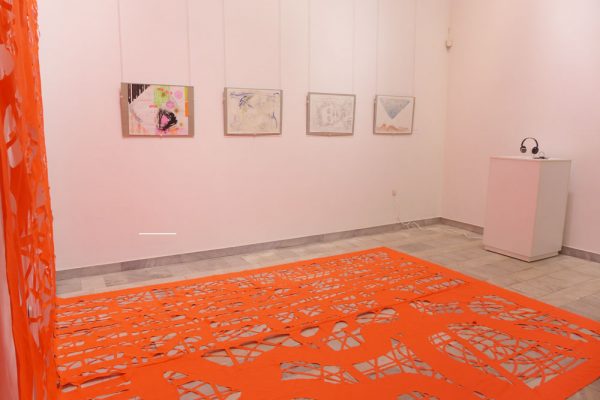
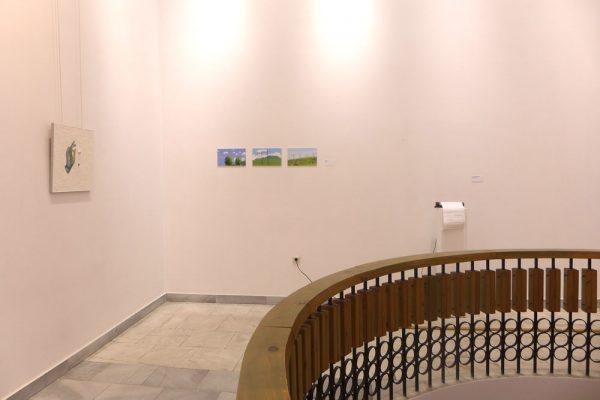

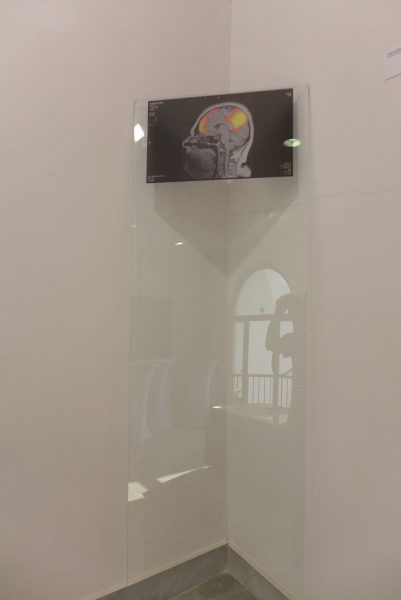
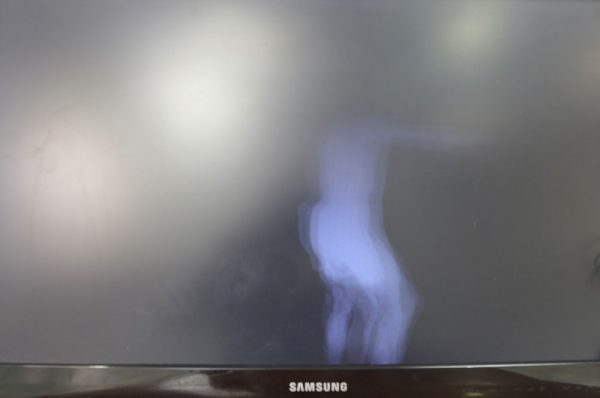
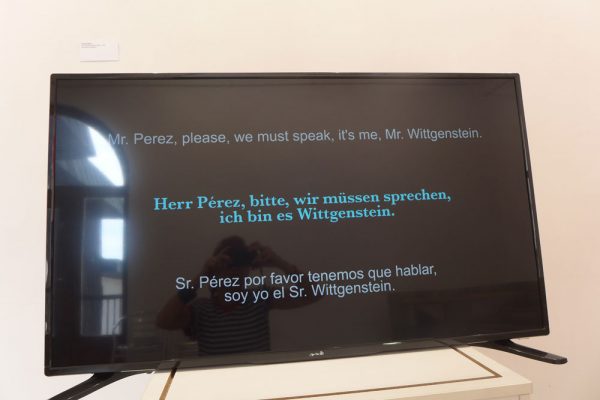
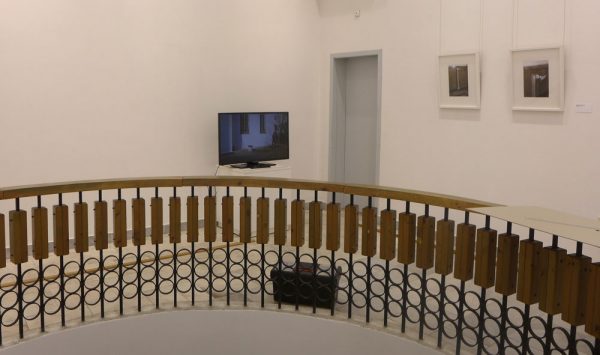
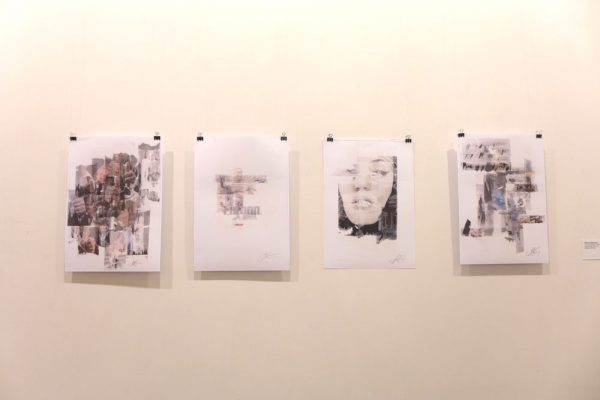
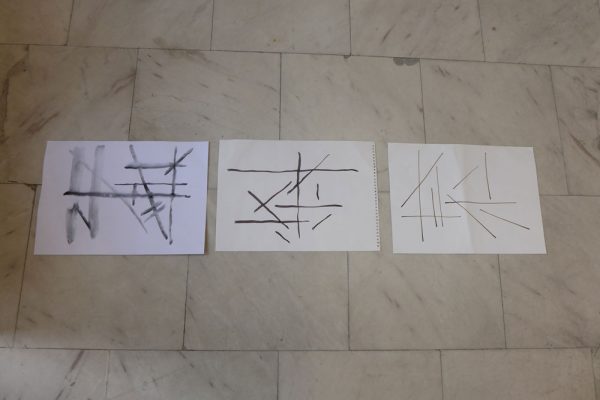
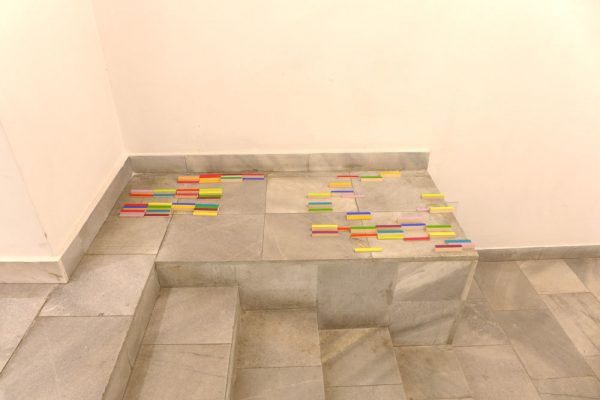
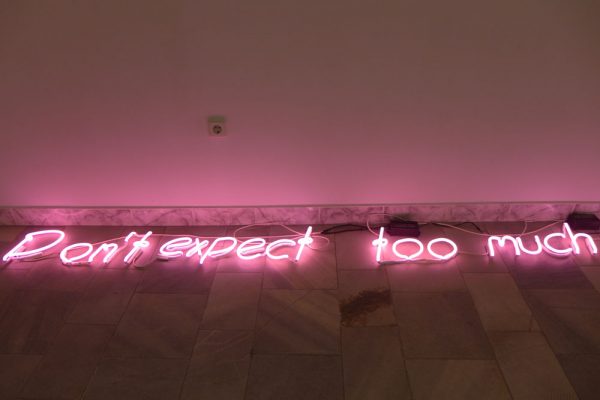
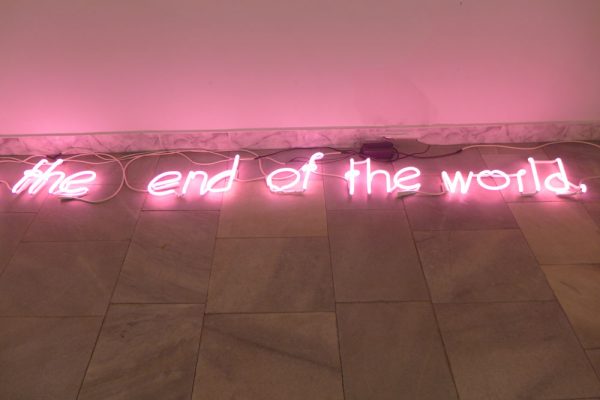
Photocredits Mute Insurgent & Mollusk by Maria Grün Photcredits by Max Berner
More about Wittgenstein 1918-2018
The curatorial and artistic approach of this exhibition is manifold. It is neither interpretive nor descriptive, but rather we have set ourselves the goal of illuminating ideas, writings, approaches of Ludwig Wittgenstein from today‘s point of view and to encourage discussions. Adapting, transforming and using contemporary art as a vehicle for discourse.WITTGENSTEIN – The exhibition is the interpretation and transformation of ideas, thoughts, visions. In any case, the goal is to return to the themes that make up Wittgenstein‘s philosophy to discuss his point of view and to connect his thesis with the 21st century.
We started 2018 in House Wittgenstein Vienna, the Cultural Forum of Bulgaria, planed by Paul Engelmann and Ludwig Wittgenstein on behalf of his sister Margarethe Stonborough-Wittgenstein. The Bulgarian government under the Minister of Culture Lydmila Zhivkova acquired the “Haus Wittgenstein” in 1975 and decided to transform the unique Palais into a notable cultural institute. Therefor it is obvious that our second stop through Europe is Bulgaria, Veliko Tarnovo, the former capital and city of one of the Universities of Fine Arts.
WITTGENSTEIN proposes a combination of new media art works, interventions and performances, installations and new genre works that mirror Wittgenstein ́s skills as a philosopher, architect, designer, lover of fine arts and aural experiences.The curatorial approach is also breaking boundaries in its thinking and geographical nature as well as limits of the genres of the visual arts. Let’s think about what can not be imagined, let us dangle utopia in front of visions and reach for the stars. Parallel to Wittgenstein‘s allround genius, which ranged from architecture, art, music up to philosophy.With the display of the exhibition I am following the associative concept of the art works as I combine it with the artistic, linguistic, literary, philosophical and religious point of view of Wittgenstein’s writings.
Text Denise Parizek, Curator, 2019
ARTISTS
ŽARKO ALEKIć I DON‘T KNOW WHAT TO THINK
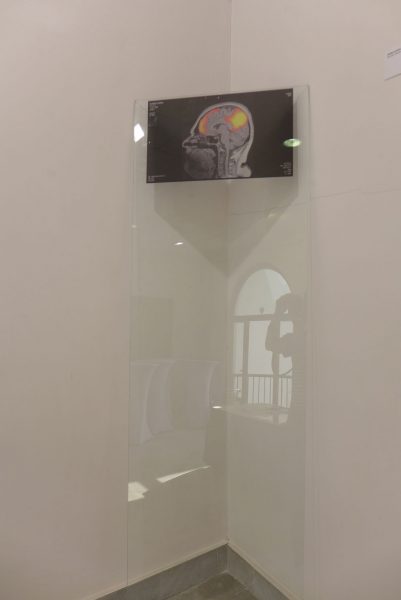
transparent fMRI print on glass, 160 x 42 cm, 2018.
„I don‘t know what to think“ is an installation that deals with the discrepancy between transparency and obscurity, and impossibility that artwork could be expressible or that it could convey the mea-ning to the viewer outside of the scull of the artist. It starts with the direct reference to the Mel Ramsden‘s work „Secret painting“ where the content of the work is known only to the artist himself. The piece shows certain activation patters of my brain while I was thinking The Piece for this exhibition (done in fMRI scanner during my long term project Brain Pictures that deals with the relation bet-ween imagination and perception) but since the code is unknown to the viewer he/she cannot know what is the content of the work and the work stays in the domain of private thoughts.
MANDARINA BRAUSEWETTER ABBONDANZA, 2018
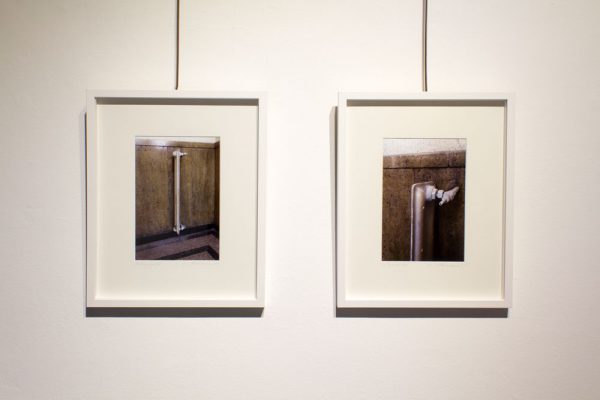
The love of detail Wittgenstein is the starting point of the photographic work of Mandarina Brausewetter. On the one hand, the work is a reference to the ubiquitous design of the house Wittgenstein, on the other hand, the photo is an allusion to the social predicament in Bulgaria. Many people have removed their radiators in recent years because they could not afford the costs anymore. A one-rib heating bill has the illusion of warmth without total impoverish-ment.Abandonment played a major role in Wittgenstein‘s life and a challenge for a bourgeois heir. Ludwig Wittgenstein preferred the simplicity of burgundy life. Nevertheless, it was important for him throughout his life to have a financial reason for securing emergencies.Mandarina Brausewetter was one of the first female sprayers in Vienna to spread stencil graffiti in public spaces. After training in classical painting and industrial design, the Sofia-born artist worked primarily as an illustrator for va-rious magazines, record covers, posters and flyers, as well as in various artistic media, including video, performance, painting, ceramics and stage design.Stylistically, her works were often compared or confused with the British artist Banksy, with whom she exhibited together in Vienna in 2005 and 2006. In the first years, she reacted to the perceived suffering and the powerlessness of individuals in war situations such as in ex-Yugoslavia or in the Iraq war with political-social statements. She often works with ambiguous images and text messages, which she combines in a cynical and critical way. For this exhi-bition she is changing the genre, but not the social critical and political impact, a melange with a high standard of beauty and design.
OSCAR CUETO Wittgenstein meets PerezBorn in Mexico City, 1976
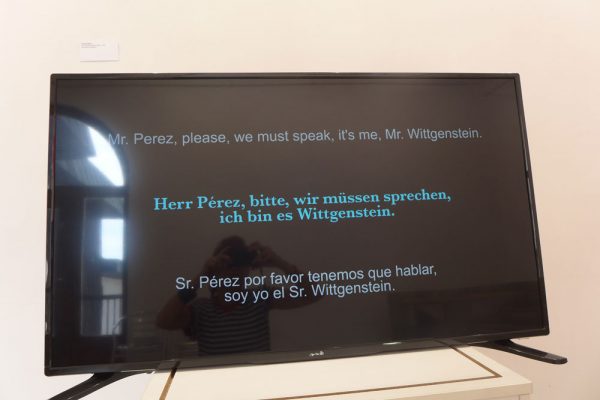
Lives and works in Austria.It will be a two personage performance. Wittgenstein is calling Perez, a man with Tourette Syndrom. The talk without any sense is related to the conflict between center and periphery. The performance will be a colla-boration between Vienna Wittgenstein Haus and Bikini Wax, an artist run space in Mexico.Conversations with Wittgenstein is an installation consisting of a short film, poster, T-Shirts and Music Cassettes that work as promotional items. The film is an Aria in 5 acts. Each act is a telephone conversation between Wittgenstein (the Austrian philosopher) and Perez (a man with Tourette Syndrome).What is interesting about a self-denying artist? Who actively refuses to play a certain game, or does so with a naïve burst here and there? Cueto ́s artwork is a part of the current debate regarding artists who are attemp-ting to address a larger issue of how money and the value of the art commodity is driving the art world, but I am not sure that any artist has been able to address critically and simply this issue as Cueto has, especially an artist from Mexico. He has been able to develop a body of work that is extremely self-critical with critiques of the art world and market that do critique his own role as an artist. Cueto is able to involve the public, in a way dumb it down, to comically and interestedly open this international phenomenon of a money-driven art market and the resulting fame and fortune.Cueto is still a young artist who has the potential to hone his craft, and to grow, but will fame escape him? Perhaps, never the less, this is a refreshingly honest body of work that does not lose its self in scholar-ly pursuits but is inviting, entertaining and pointedly questions a status quo. Cueto‘s vision challenges his audience to distance themselves from the serious-ness within the confines of history, knowledge and art practice thus becoming aware of their dependency on traditional ways of perception.
MARIA GRÜN„Mollusk“ 2018

The process of alienation and dealing with the abject is inscribed in my works:„Neither subject nor object. There looms within ab-jection, one of those violent, dark revolts of beeing, directed against a threat that seems to emanate from an exorbitant outside or inside, ejected beyond the scope of the possible, the tolerable, the thinkable. It lies there quite close, but it cannot be assimilated…“ „The philosopher and psychoanalyst Julia Kristeva defined the abject as something“ rejected, which one can not escape, from which you can not immediately protect an object …The rejection is something abstract and indefinable.“In my work, the abjection is found in the representa-tion of the fragmented body and in the interior of the body transferred to the outside. The objects speak of their own inner being, which at the same time could also be called the Other, because on the one hand it is in absolute close relation to ourselves and yet remains entirely abstract. It is an unconscious part of our self that becomes „real“ and perceptible only through dyfunctional processes – pain, physical failures, malfunctions … The abject is found in the dysfunctional of the body, which wants to be ignored because it is connected with the ominous. Becau-se blood, body fluids, body exudates, … and their presence outside the body speak of impurity, danger, threat, death.
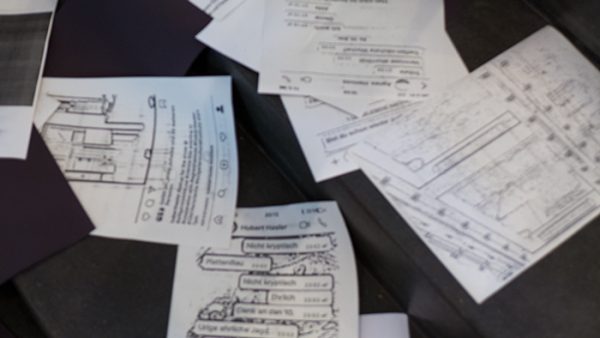
„was gezeigt werden kann, kann nicht gesagt werden“ auf dieses Zitat von Wittgenstein reagiert die neue Zusammenarbeit von Àgnes Hamvas und Hubert Hasler und wirft die Frage auf ob sich die Einstellung von Wittgenstein zu Sprache und Bild ändern würde wie die gegenwärtige Gesellschaft mit Bildern und Text umgehet, ermöglicht eine 100 prozentige Visualisierung auch eine bessere Kommunikation?
Hamvas und Haslers Arbeit basiert auf einen nächtlichen digitalen Gedankenaustausch. Die beiden Künstler Visualisieren eine fortlaufende Kommunikation, diese wird als Performance bei der Eröffnung und der Dauer der Ausstellung weitergedacht und mittels eines Faxgerätes dem Betrachter offenbart. Dieses Faxgerät wird mit den Mobiltelefonen der beiden Künstler verknüpft sein, und bei jeder Übertragung einer Nachricht sogleich diese ausdrucken, eine passive Beteiligung dieser Zweisprache wird dem Betrachter ermöglicht und stellt auch die Fragen einer unkontrollierten Gesellschaftsüberwachung in den Raum.
Die inhaltliche Kultivierung des Geschriebenen, Gedankenzunamis, alltägliche Banalität, Gefasel von Nichtigkeiten, emotionale Draufgaben des gedachten Seins und Bildnachrichten sind zusammengefasst inhaltliche Anhaltspunkte, greifen die Kommunikation unserer Gesellschaft auf bzw. stellt die Veränderung der Sprache und des Geschriebenen durch Kurznachrichten dar.
MICHAEL KOCH WITTGENSTEIN ́S LADDER 2018
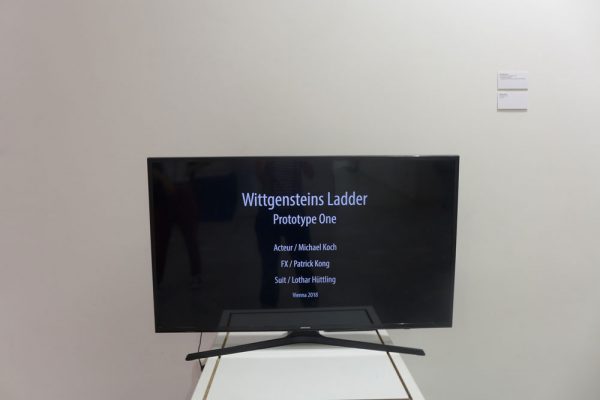

G.E. Moore reflektiert über einen Baum. Wittgenstein reflektiert über Moore.
G.E. Moore reflecting on a Tree. Wittgenstein reflecting on G.E. Moore.
Text: Alfred Schmid
Director Yukika Kudo is filmmaker, producer and actress behind eight feature films and six short films.
NOIMA ACTION GAME
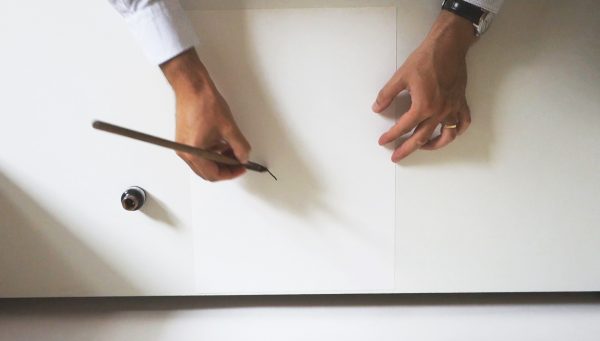
Roles and actions:
One subject – the Witness – that looks out the window, observing “the sight” – visual details or just thoughts coming in to mind. The sight will become a story, encoded in spoken numbers and words and recorded in an audio file. The moment and the palce of the sight are chosen by the Witness.
This on-the-spot recording will be forwarded to another subject – the Reporter – in order to prepare a partial report. Actually, the Reporter will translate “the story” in accordance with a pre-established convention.
Each NOIMA artists (Sorin Scurtulescu, Ciprian Bodea, Cosmin Fruntes, Andrei Rosetti) in this game plays both the Witness and the Reporter.
All partial reports will be sent to another subject – the Curator (Denise Parizek) – by mail. All archives will also be sent online. The Curator decides how each partial report will be used. The final REPORT will be present in the exhibition. If any of the partial reports does not reach the destination, the Curator may choose to expose some archive sequences.
Some examples presented by Wittgenstein (Philosophical Investigations) in order to “review the multiplicity of language-games”: giving orders,and obeying them / describing the appearance of an object, or giving its measurements /constructing an object from a description (a drawing) / reporting an event / presenting the results of an experiment in tables and diagrams / play-acting / translating from one
VALENTINA LAPCHEVA
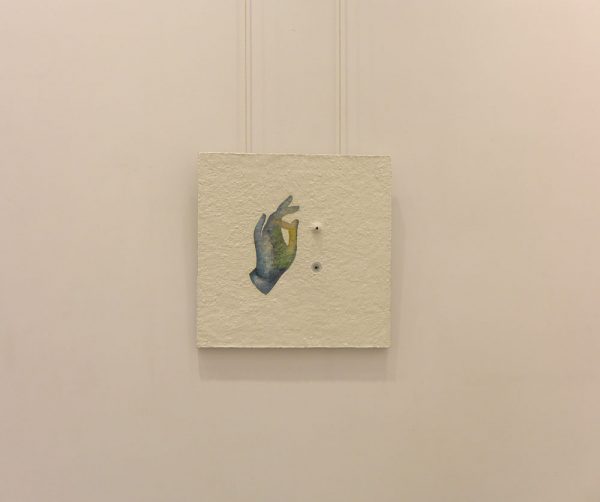
According to Wittgenstein, we judge the INNER for fragmentary manifestations of the exterior, which is why I used the fragment of the blessing hand, a favorite detail of Orthodox icons.
Based on the Golden Section manifested in our bodies, I calculated the position of the gesture exactly in vertical sections.
Judging in a new way means creating new configurations in a language game based on ancient, fossilized role models, on a definable surface, as well as its passive excesses of meaning.
THE MAIN PROBLEM IS – Where does the understanding come from?
When “the real spontaneously ceases to be real, it is re-synthesized as such” and, moreover, “the other’s reality is inaccessible to us”, “the image is misleading” and “the aspects of the most important things in life remain inviolable for us in its simplicity “- this means that UNDERSTANDING (if any) happens on another level.
This is exactly the OTHER plan in my “Observation of the Aspect,” symbolically representing it as a to-and-fro motion in relation to the image plane, and of course moving to the other vertical of the Golden Section to draw and focus attention.
Technically, I use paper / papier mâché / paste, applied directly to the canvas and worked with a silica sand plaster acrylic, acrylic, watercolor pencils. As a last coat, a varnish similar – acrylic emulsion.
LILY KOTO OLIVE The Tractatus Logico-Philosophicus code

SVETLANA MIRCHEVA 2018
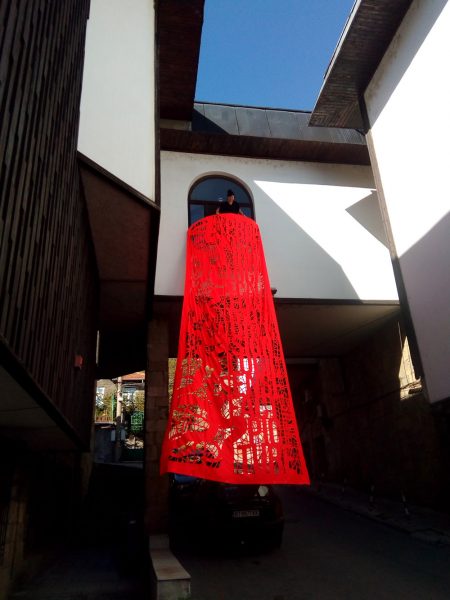
Svetlana Mircheva’s works are based upon chance meetings with things and words. Between rebus and cosmic constellations, she twists slogans and compu-ter explorations. Her main interest is in the grey zones between reality and imagination. Imaginary narratives play an important role throughout Mircheva’s work. She uses often randomness, serendipity and blind date as a be- ginning in her works. Mircheva questions our trust in the accuracy, clarity, and reality of our perceptions of the world that are formed by contemporary digital culture.Vienna soundscapes, recorded with a microphone, trans-lated in images, composed back in music. Vienna seen and heard as grass near water, bird at the city end, hippo roaring, train departing. Translated first into light objects in the space, sounds go back to the earphones, put in rythm.Facing the shining parallels, the viewer is free to imagine the city with his eyes and ears open.How does a sound look like? There arises the idea that the sound may take shape, be translated into the langu-age of images, and speak back to us. What sound can shake me up? There comes the thought of the emotion of sound, sound can send imagination far away, carry it away, dissolve it. Can form be translated into music? Simple shapes can create rhythm, pulsation, and bright colors give a sensation of tone. And where else would sound form be located, if not in the air?What are the actions in art? What do we do as we make art or talk about art?Linguistic research developed into poetic composi-tions-objects. Linking visual art with poetry, music and action. Built by „naked“ verbs, the 7 compositions embo-dy art-related actions words in the space. Movement is continuous, from text to image, from image to text, from sound to letter, from art to action, from action to art.
ILIAN SAVKOV 2018
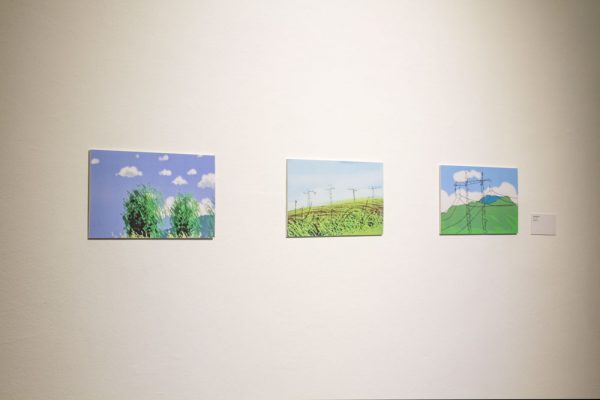
„Maybe diversity is the clue to this project. In a way it‘s transcription of diversity of Wittgenstein himself.Multinational and multicultural spectrum of participating artists as well as various art genres on show is that focus on diversity featuring Wittgenstein.Nowadays transitions make the key to humanity. Millions of people make it their new way all around the world. Even more that process poses a real challenge to Europe. It takes ultimate efforts to make it all smooth and peaceful along the way.Art is an ultimate mediator. In its big diversity of interpreting views and opinions it makes cultural funda-ments blend in arte facts that subdue more or less to universal understanding. I have been working throug-hout the years painting, drawing, cartoons and all sort of mixed media within.Thinking of myself a diverse artist. This approach comes and goes naturally without pressure or guidance on it. It‘s more a temptation than any other thing. Just irresistible curiosity.“ Ilian Savkov
ADELINA POPNEDELEVA – DON´T EXPECT TOO MUCH FROM THE END OF THE WORLD

neon, 520 cm, 2018
Don´t expect too much from the end of the world is an inscription taken from street text graffiti in
Sofia.
All end-of-the-world forecasts are in fact a hope that the world can be "cleared" of negative
accumulations and begin anew.
Pink light is a light of promises and hopes, which are already been called into question by the
meaning of the inscription.
EVA MARIA SCHARTMÜLLER SHELL SHOCK
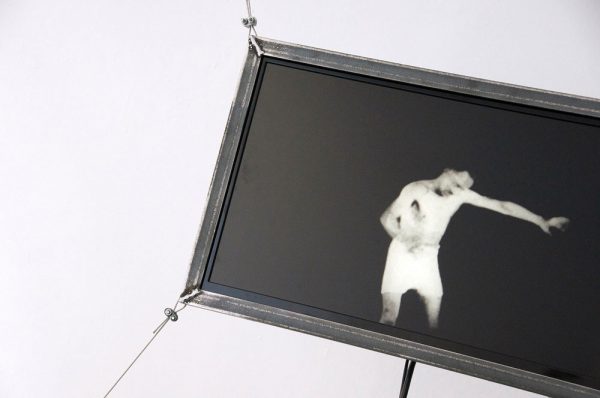
shell shock was a term used to describe military psychiatric syndromes of male hysteria, mobility disorders such as persistent tremor, walking, sitting and standing disorders, tics, symptoms of paralysis, but also disturbances of speech. The symptoms occurred either soon after the experiences in the field, or without directly visible temporal and spatial references to them. At the time of WW1 there was no consensus about the knowledge to war-conditioned traumas. The war-hysterical symptoms were understood as a serious sign for male and soldierly weakness. The “shell shock sufferer” formed a counter model to the typical rationality and masculinity figures of the army; he seemed to undermine their efficiency and order.
text sources: Behandlung im Schatten des Krieges –Militärpsychiatrie und Kinematographie
Aufsatz von Dr. phil. Julia Barbara Köhne (Privatdozentin für “Zeitgeschichte und
Kulturgeschichte am Institut für Kulturwissenschaft Berlin)
artistic work: impacts of ww1 were illuminated in the form of war-related trauma. sequences
of an original film of 1914 are projected and acoustic documentaries
of war events give insights into the process of cause and effect.
video: sequences from the movie kriegshysteriker und max none (1916) _
functionally-motor irritation or paralysis of states at war participants
and whose cure by suggestion in hypnosis_produced by the royal
image and film-amt / bufa in berlin
sound: 1ww documentaries in english, german, french
legal notice:
Kriegshysteriker“ und Max Nonne (um 1916). Funktionell-motorische Reiz- und
Lähmungs-Zustände bei Kriegsteilnehmern und deren Heilung durch Suggestion in
Hypnose, um 1916, produziert vom Königlichen Bild- und Filmamt/BuFa in Berlin,
der Vorläuferfirma der Universum Film AG (Ufa), aufgenommen im Allgemeinen
Krankenhaus Hamburg-Eppendorf durch Dr. Max Nonne
film rights:
Bundesarchiv/Filmarchiv Berlin
Transit Filmgesellschaft mbH, 80335 München, Dachauer Straße 35
with permission from:
Bundesarchiv /Filmarchiv Berlin, FA 2Fehrbelliner Platz 3,10707 Berlin
Transit Filmgesellschaft mbH, 80335 München, Dachauer Straße 35
Borjana Ventzislavova It isn´t healthy
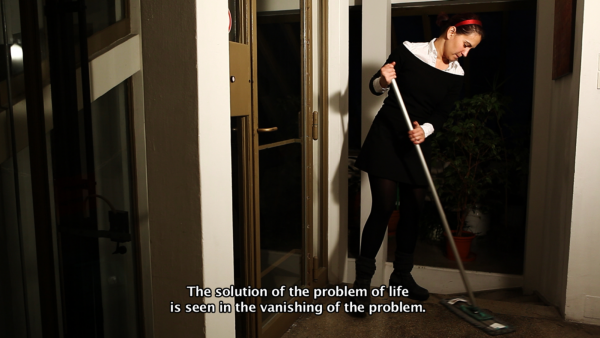
AT / 2013 / 13 min.The close-up of the handle and lock of an iron gate opens Borjana Ventzislavova´s video It isn´t healthy. A woman´s voice is to be heard on the soundtrack postulating philosophical assertions: “The world is all, that is the case. The world is the totality of facts, not of things. The world divides into facts.” Accordingly, the iron gate would not be a thing, rather a fact (it is locked), just like the two boys who are playing football in the next shot, on the street in front of the house to which the gate belongs. But according to the same logic the entire video would be nothing other than a collection of facts and thereby the urgency of the question implied by the opening philosophical statements would only be confirmed: Does the world now divide into facts or rather does a world result from the totality of facts?
Borjana Ventzislavova escapes this logic of language philosophy through how the facts in her video avoid referring directly to a world and rather indicate a spatial and temporal constellation. The setting is the so-called Wittgenstein House, home to the Bulgarian Cultural Institute in Vienna since 1975. Ventzislavova shows people who work at the Institute, the super-intendant, the director, the employees, the cleaning lady, all going about the rounds of their daily activities while they speak sentences taken from the work of Ludwig Wittgenstein. The asynchronous synchronicity thereby established finds its spatial counterpart in the soccer game played by the boys who not only pass a ball but exchange contemporary (Bulgarian) political slogans. The slogans may well not be their own and therefore not facts, yet they are a means of recognizing as well as mistaking the world. (Vrääth Öhner)
Translation: Eve HellerThe Wittgenstein House, site of the Bulgarian Cultural Institute in Vienna, is the point of departure for an unconventional study of architecture, history and language. Through quotes from Wittgenstein, the institute is detached from its daily routine and confronted with the house’s history. In front of it, philosophy comes up against criticism of presentday Bulgarian politics: “EuroTrashCapitalism,” somebody remarks – and kicks a football.
FRANZ WASSERMANN

In # WHEN THE RHOMB TRANSFORMS INTO A FIST political gesture is in Wassermann´s focus. Gestures that can determine the future. The showing thumb was already a tool to destroy people in Roman times, today it is used to communicate digital admiration or dislike. The superimposition of the images finds a reflection of reality on the paper. But it can also reflect the overlapping of thoughts in Wittgenstein’s work, the contradictions and withdrawl.
# WHEN THE RHOMB TRANSFORMS INTO A FIST is a piece of the #DailySocialTransfer Series, with Franz Wassermann has started 1.1.2017. With the art project #DailySocialTransfer he is reacting to the abundance of news that reaches us each day from all over the world. For nearly two years now he is buying a newspaper every day to work the most obvious daily news out. He applies adhesive tape to the surface of images and text fragments of interest to him, so as to extract them from their original contexts. Subsequently he has rearranged these fragments on drawing paper, creating a collage. These art pieces are being dated, signed and labelled with a special embossing: the hashtag DailySocialTransfer – as well as a headline of the day selected by the artist as the title. In this way, daily a unique work of art is produced that critically responds to many of the news items published around the globe.
Photocredits Max Berner / Mollusk Maria Grün & MUTE INSURGENT 2019
